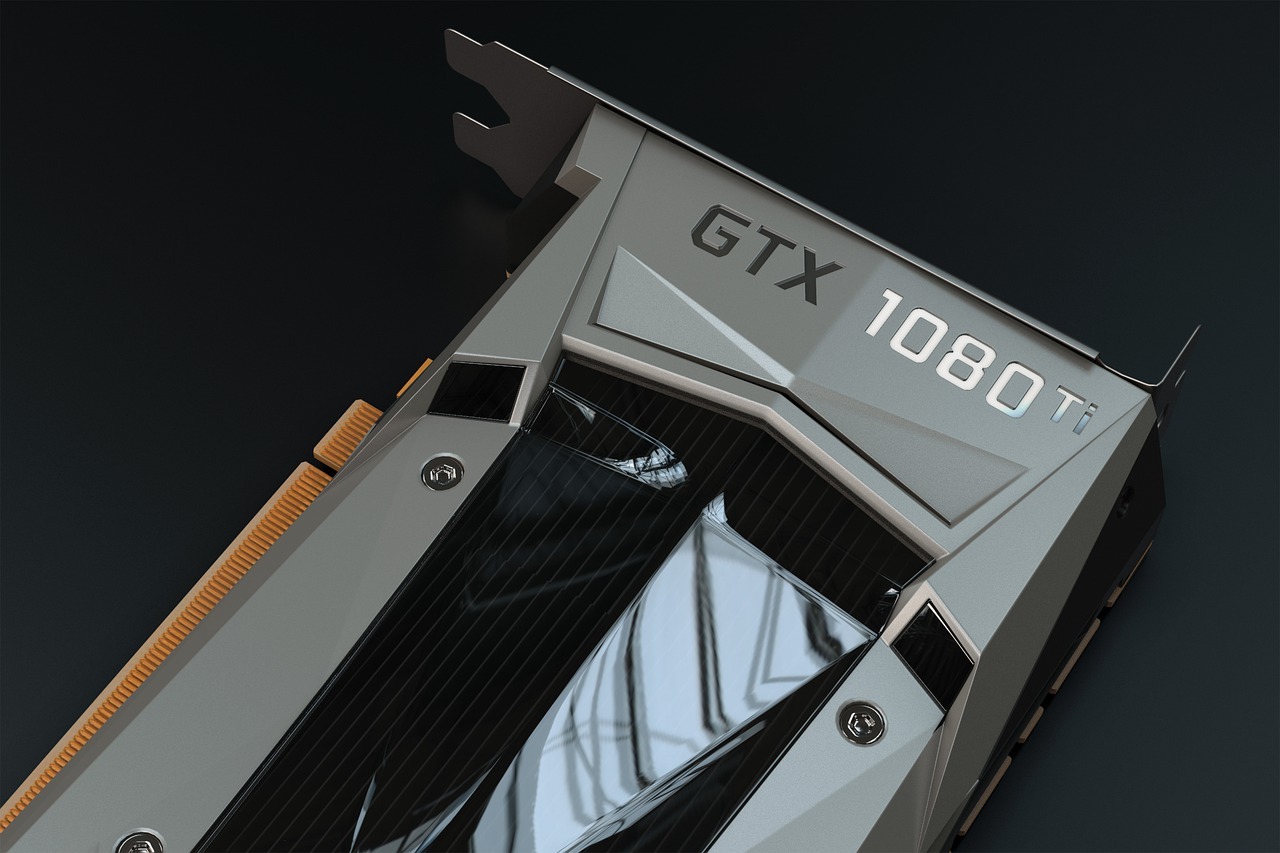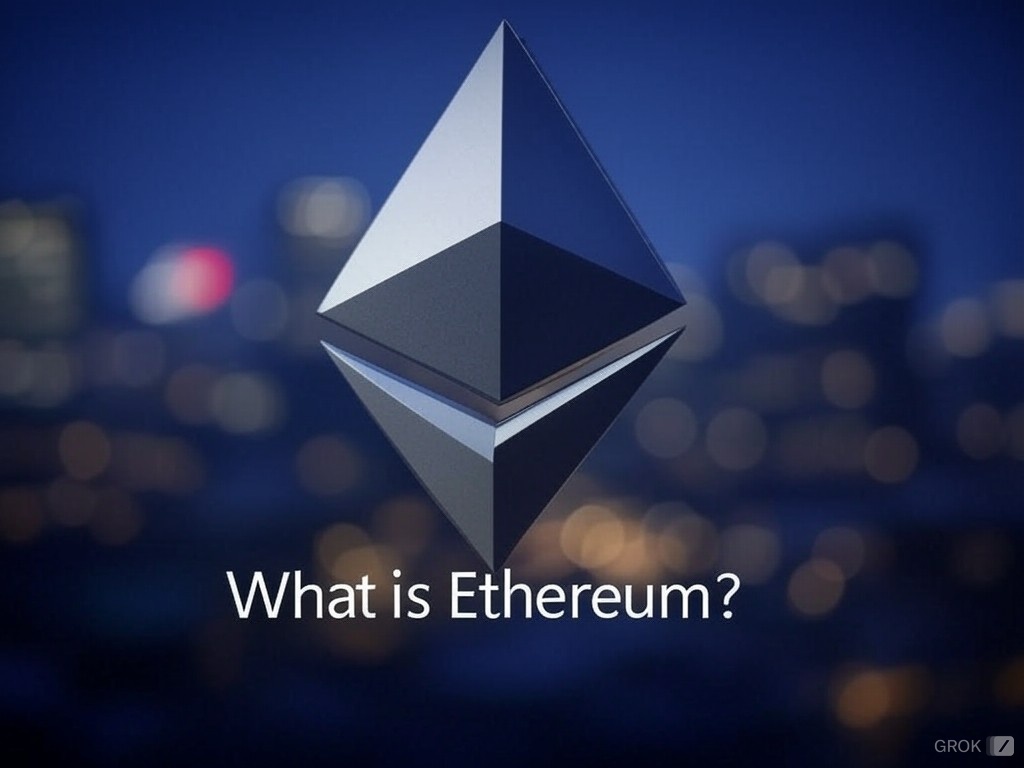Ethereum is an innovative blockchain platform that offers its ability to support decentralized applications (DApps) and lean contracts. It is not just a cryptocurrency, but an entire ecosystem that is taken over by its native token, Ether (ETH).
Why Ethereum?
Ethereum is designed to be scalable, programmable, secure, and decentralized, making it an ideal platform for developing digital technologies. Ether is used to facilitate transactions within the network, but can also serve as a means of payment for goods and services outside of the blockchain.
History of Ethereum
- Inception: Vitalik Buterin decided on the idea in a whitepaper in 2014, with the platform officially launched in 2015 along with Joe Lubin of ConsenSys.
- Growth: Ether has developed into one of the largest cryptocurrencies, trailing only Bitcoin in market cap.
Key Milestones
- The DAO: In 2016, a hack led to a controversial hard fork, effectively separating Ethereum from Ethereum Classic.
- Proof-of-Stake: In 2022, Ethereum transitioned from a power-intensive proof-of-work to an experimental proof-of-stake consensus method.
- Dencun Upgrade: In March 2024, the Dencun hard fork was introduced, implementing proto-danksharding, a step toward greater scalability.
How Does Ethereum Work?
- Blockchain Technology: Ethereum’s blockchain is a distributed ledger where transactions are stored in blocks, with each block combined with the previous one for security.
- Proof-of-Stake: Validators must stake 32 ETH to participate. This system replaces mining with a less power-intensive validation process.
- Wallets: Users manage their ETH in wallets, where private keys are essential to managing their digital assets.
Applications of Ethereum
- Web3: Ethereum is central to the vision of a decentralized internet.
- Gaming: Used in platforms such as Decentraland to tokenize virtual assets.
- NFTs: Ethereum is the foundation for non-fungible tokens, which are digital assets.
- DAOs: Enables decentralized autonomous organizations to function without a central authority.
Future of Ethereum
Ethereum is working on further developing scalability and usability features such as danksharding to reduce transaction costs and increase speed. Ethereum’s roadmap focuses on cheaper transactions, added security, better user experiences, and future-proofing.
Conclusion
Ethereum continues to be a leading force in the blockchain space due to its extensive capabilities for developing and running decentralized applications, lean contracts, and supporting a wide range of innovative applications.

